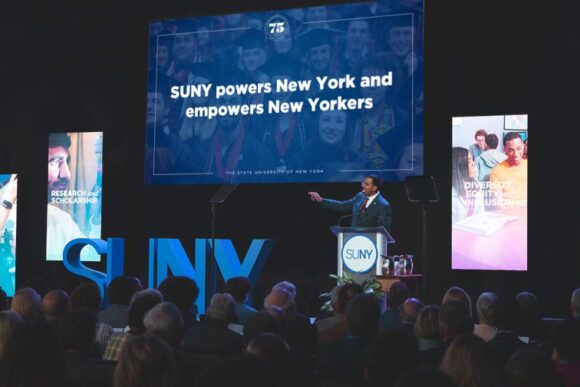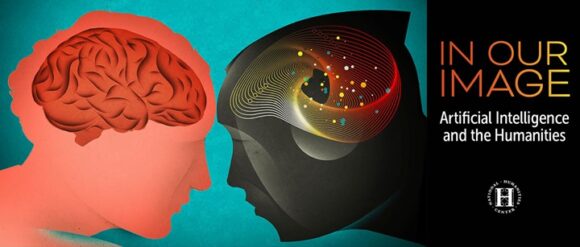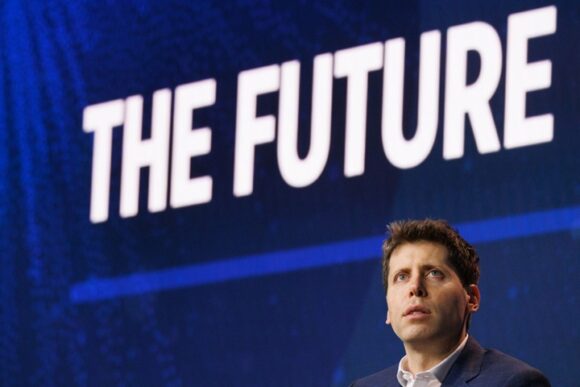Dear Commons Community,
Maureen Dowd in her New York Times column yesterday painted Donald Trump as an ugly American whose sole interest is himself. She laments the vanishing breed of Republicans who pledged allegiance to our flag. Here is an excerpt.
“…Republicans pledge allegiance to Donald Trump’s ego. He has to be bigger than everything — even America itself.
“Bush wrapped himself in the American flag,” David Axelrod said. “Trump wants to wrap himself in the Mar-a-Lago flag.”
Just as Trump has remade the Republican Party in his own nasty and selfish image, he wants to remake America in his own nasty and selfish image.
Trump doesn’t seem to subscribe to any of the verities about this country. He doesn’t believe America is exceptional. He only believes that Trump is exceptional — an exception to all the rules that the rest of us live by.
If American laws get in his way — like counting votes to choose a president — he tries to smash them. He’s bigger than democracy, after all.
If American values get in his way — like our distaste for authoritarians like Vladimir Putin and Viktor Orban — he mocks those values. When Putin and Orban flattered Trump, that seemed more important to the Mar-a-Lago megalomaniac than our nation’s proud history of facing down autocrats.”
Dowd is so right.
The entire column (see below) is important reading!
Tony
————————————————————————————
The New York Times
The Florida Fraudster and the Russian ‘Killer’
Feb. 17, 2024
By Maureen Dowd
Opinion Columnist, reporting from Washington.
When I covered George H.W. Bush’s presidential campaign in 1988, he was so eager to wrap himself in the American flag that he took us to a New Jersey flag factory. That way, he could claim that the G.O.P. was “on the American side” while caressing pieces of striped, red-and-white nylon.
At the time, it seemed like a cynical move by Republicans, trying to bogart patriotism. But at least they respected our country enough to try to monopolize its symbol.
That vanishing breed of Republican pledged allegiance to the American flag. Now Republicans pledge allegiance to Donald Trump’s ego. He has to be bigger than everything — even America itself.
“Bush wrapped himself in the American flag,” David Axelrod said. “Trump wants to wrap himself in the Mar-a-Lago flag.”
Just as Trump has remade the Republican Party in his own nasty and selfish image, he wants to remake America in his own nasty and selfish image.
Trump doesn’t seem to subscribe to any of the verities about this country. He doesn’t believe America is exceptional. He only believes that Trump is exceptional — an exception to all the rules that the rest of us live by.
If American laws get in his way — like counting votes to choose a president — he tries to smash them. He’s bigger than democracy, after all.
If American values get in his way — like our distaste for authoritarians like Vladimir Putin and Viktor Orban — he mocks those values. When Putin and Orban flattered Trump, that seemed more important to the Mar-a-Lago megalomaniac than our nation’s proud history of facing down autocrats.
Bill O’Reilly asked President Trump in 2017 why he respected Putin even though he was “a killer.”
“You got a lot of killers,” he replied. “What, you think our country’s so innocent?”
America the Beautiful, our Shining City on a Hill, is not so hot. Get in his way, and Trump will bust up institutions, trash courts, tear down cultural icons like Taylor Swift and egg on acolytes to storm the Capitol.
He doesn’t see America as the idealistic leader of the free world. He sees the world as “The Hunger Games,” as Axelrod put it. And frighteningly, Trump sometimes acts as if he prefers America’s enemies to America.
The former president shocked the world last weekend when he said at a rally that if NATO countries did not pay more for defense, he would “encourage” Russia “to do whatever the hell they want” to our allies. Biden called that “un-American.”
Trump’s bromance with the sociopathic Putin, unimpeded by Putin’s foul bid to swallow Ukraine, grew even more sickening with news that the Russian president’s most potent opponent, Aleksei Navalny, 47, died mysteriously in an Arctic prison — very, very suddenly, as high-profile Putin critics often do.
“Make no mistake: Putin is responsible,” President Biden said.
When a CNN reporter asked if Trump had a response to the heroic Navalny’s death, the Trump campaign pointed her to a Truth Social post that wasn’t about Navalny or Putin. It was about how awful America was.
“America is no longer respected,” Trump posted, “because we have an incompetent president who is weak and doesn’t understand what the World is thinking.”
This American Carnage garbage is how he bonds with his base, many of whom are deeply cynical about politics and government, seeing hypocrisy and conspiracies everywhere.
His hallucinatory worshipers admire him as a strongman, even when he’s shown to be liable for sexual assault and an aggrandizing con man whose real estate empire was a Potemkin village. On Friday, a New York judge ordered Trump to pay a penalty of $355 million plus interest and barred him from holding high-up roles at any New York business — including his own — for three years, saying about Trump & Company, “Their complete lack of contrition and remorse borders on pathological.”
The Renfields to Trump’s Dracula are also busy playing sycophants to dictators. At an Axios conference in Miami, Jared Kushner — who was festooned with $2 billion in Saudi investments after he left the White House — called Mohammed bin Salman a “visionary leader.” Asked about the crown prince’s complicity in Jamal Khashoggi’s murder, Kushner replied with exasperation, “Are we really still doing this?”
Before Navalny’s death, Tucker Carlson — who scorned Ukraine’s desperate fight for its independence — cavorted in the Kremlin. His interview with Putin was so indulgent that even Putin complained of a “lack of sharp questions.”
In an interview with an Egyptian journalist, Carlson defended his decision not to ask Putin about freedom of speech or assassinations of his opponents.
“Every leader kills people,” Carlson said blithely, adding, “Leadership requires killing people, sorry.”
Will the craven Republicans ever stand up against autocracy — at home or abroad?
Navalny’s death at the hands of the murderous Putin has given momentum to the push for military assistance for Ukraine.
It’s the American thing to do.












